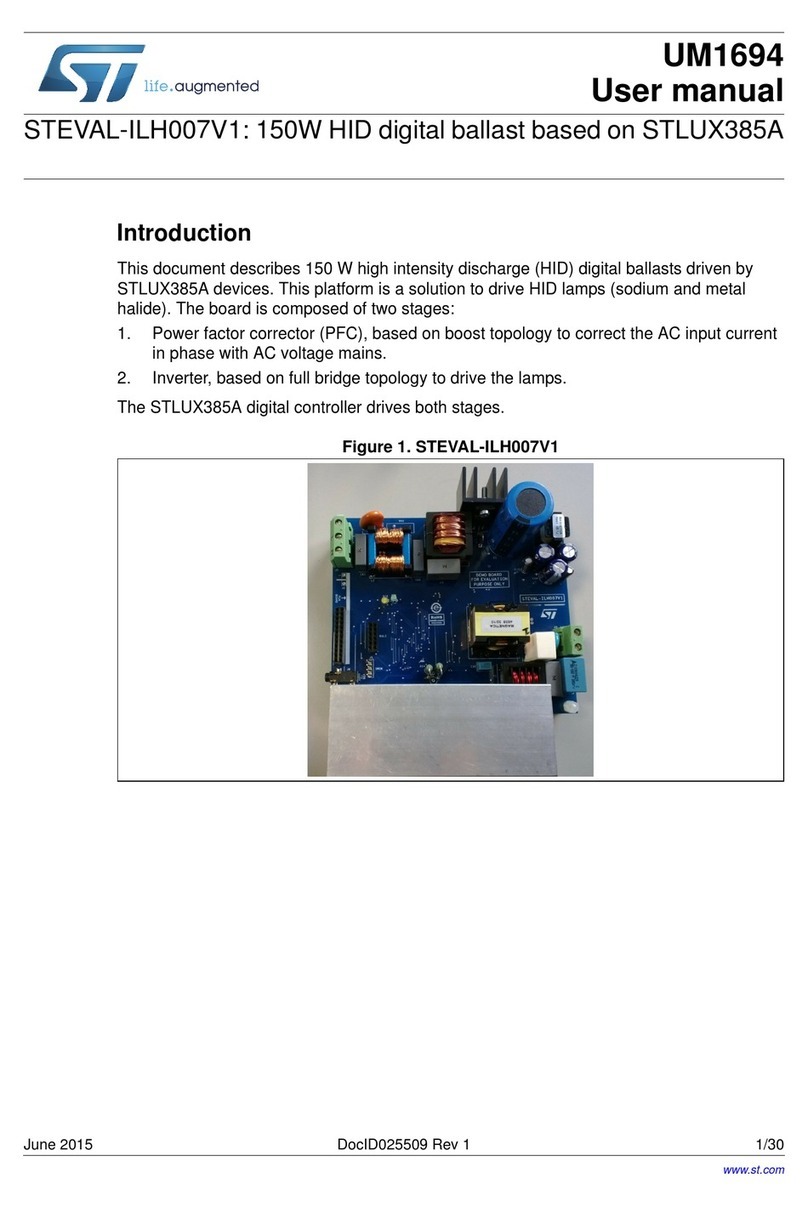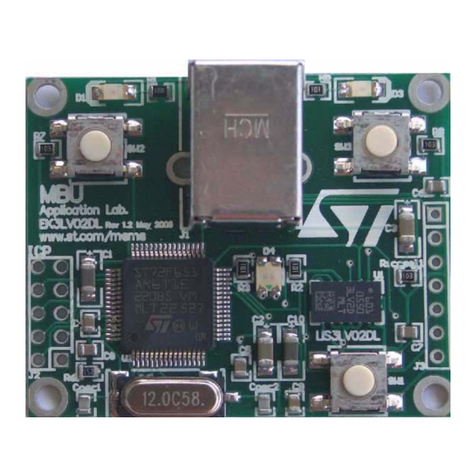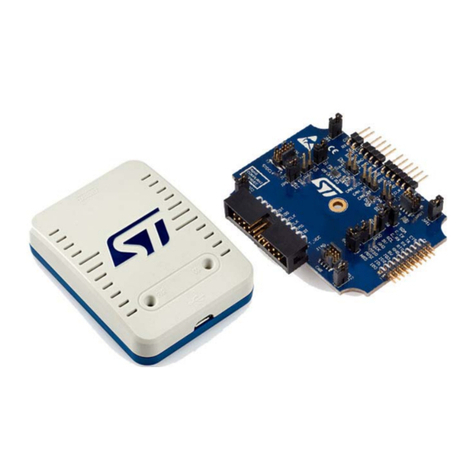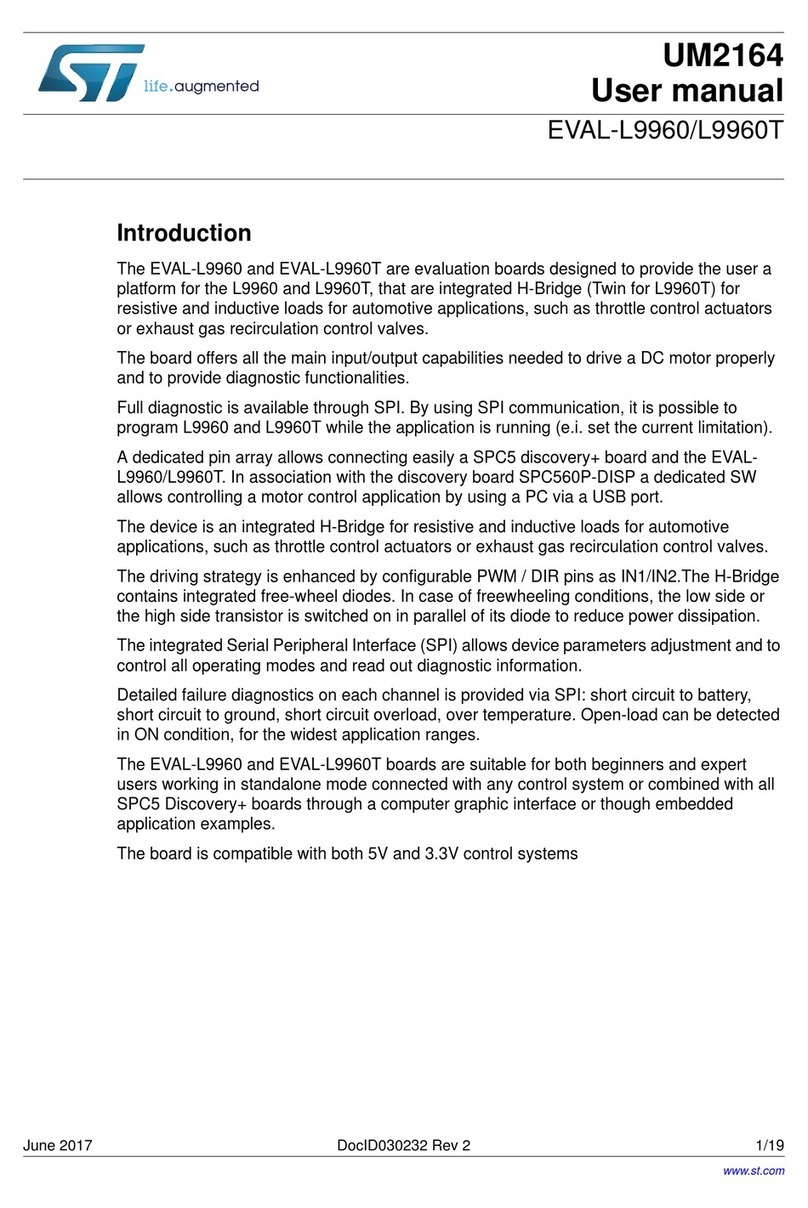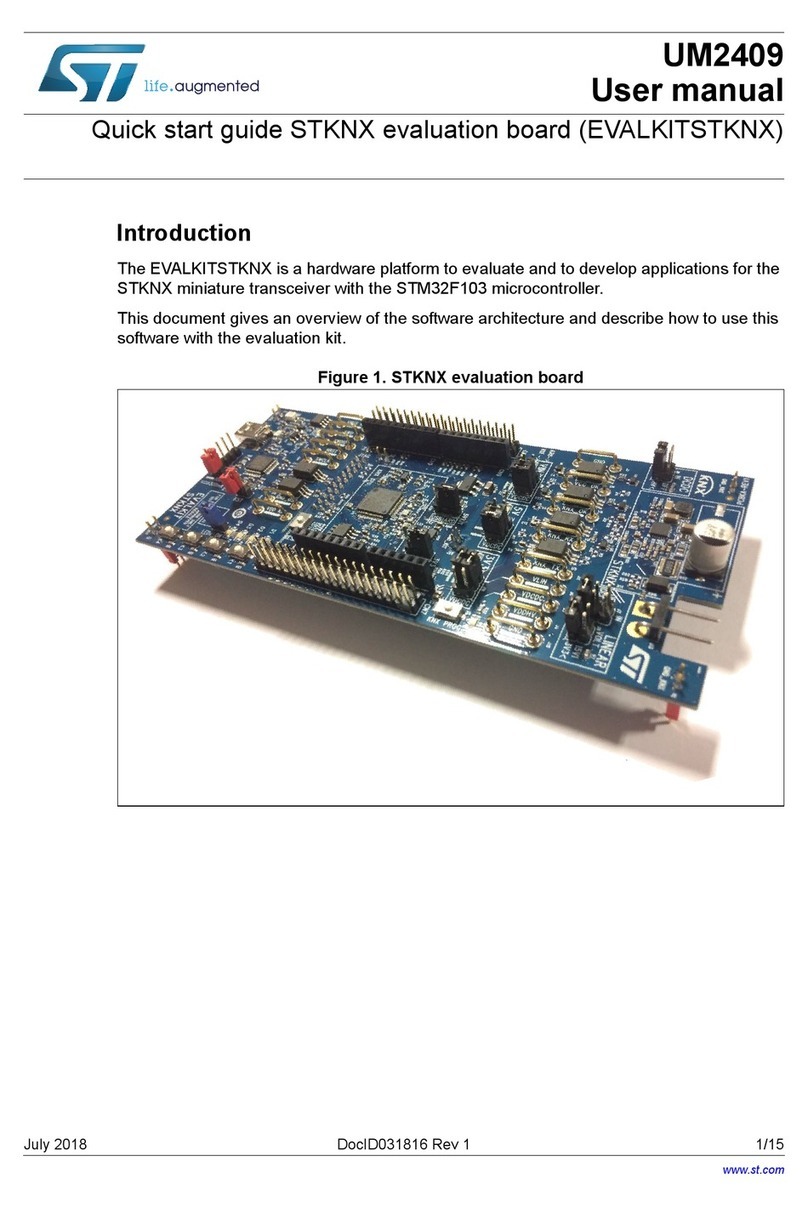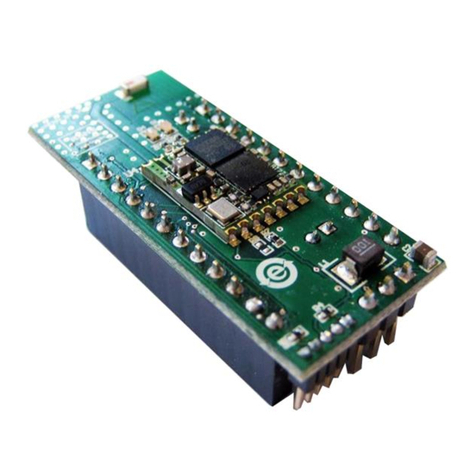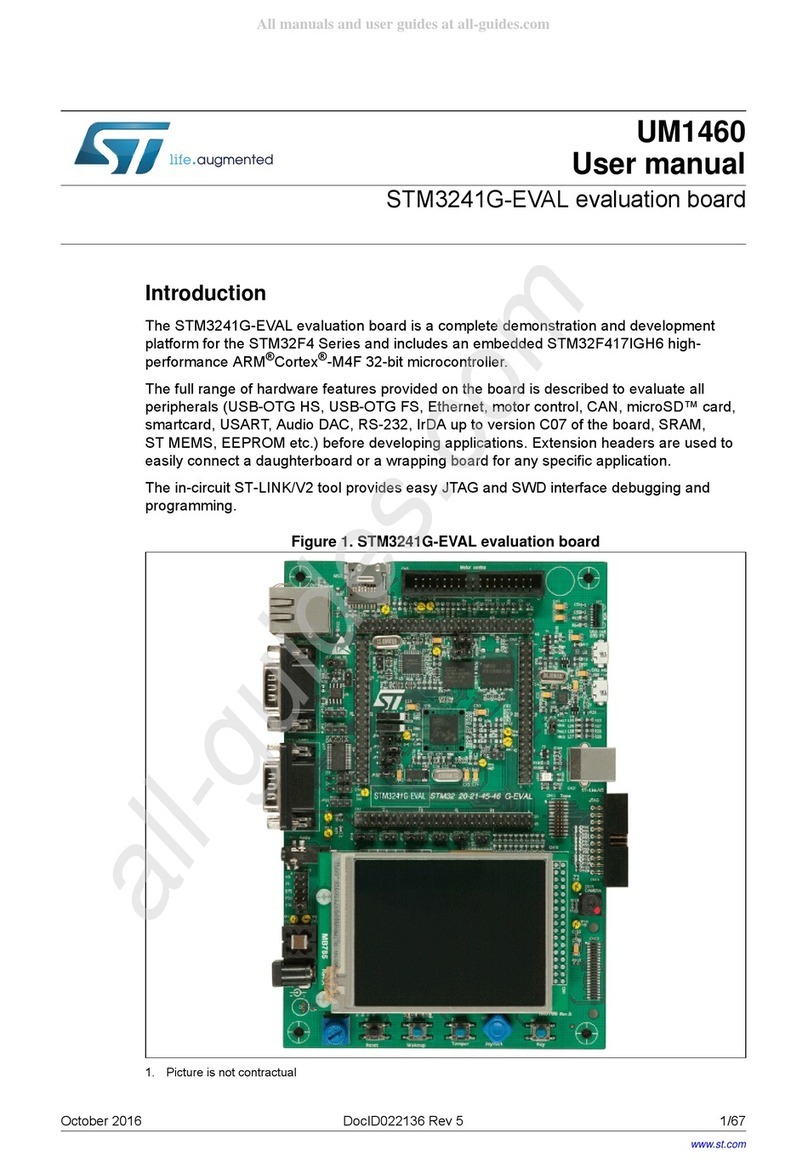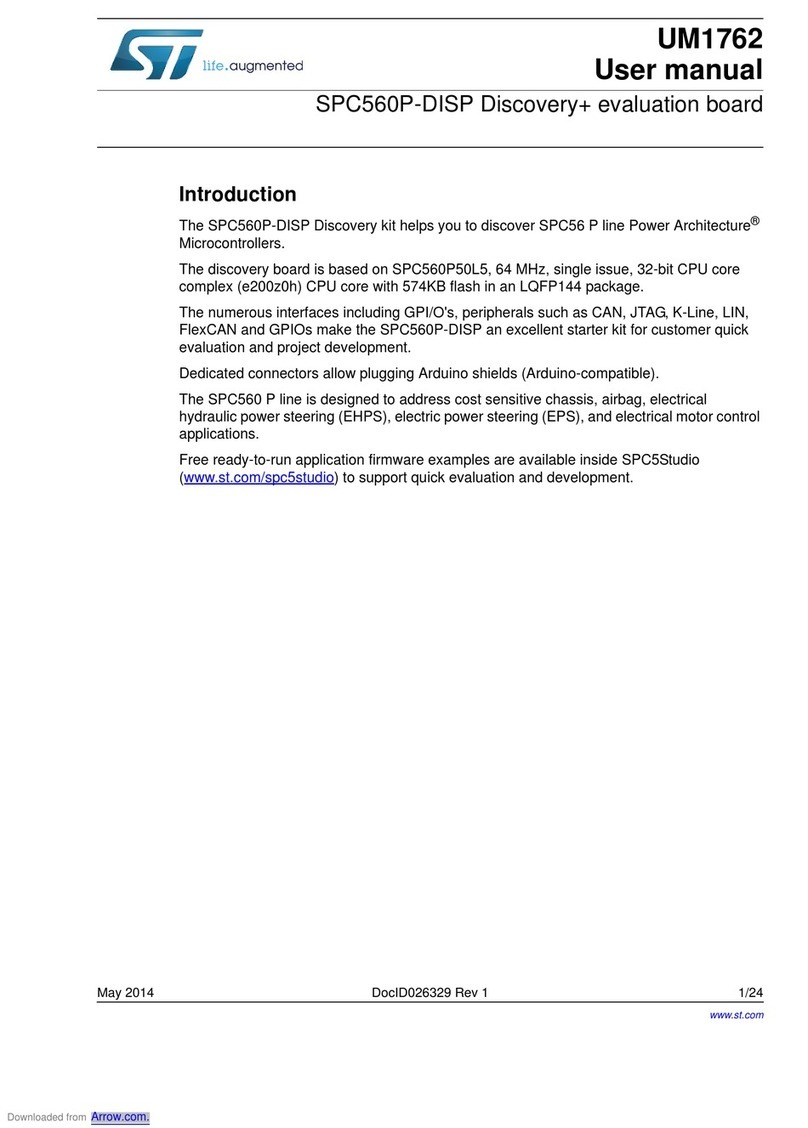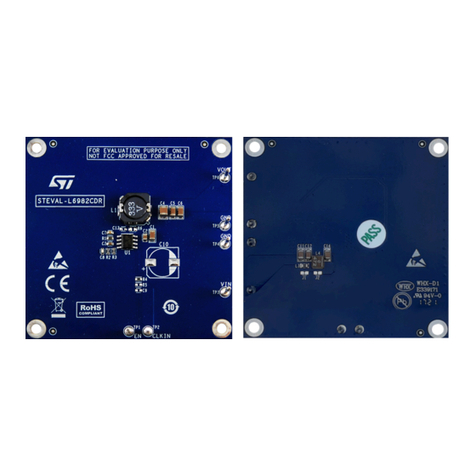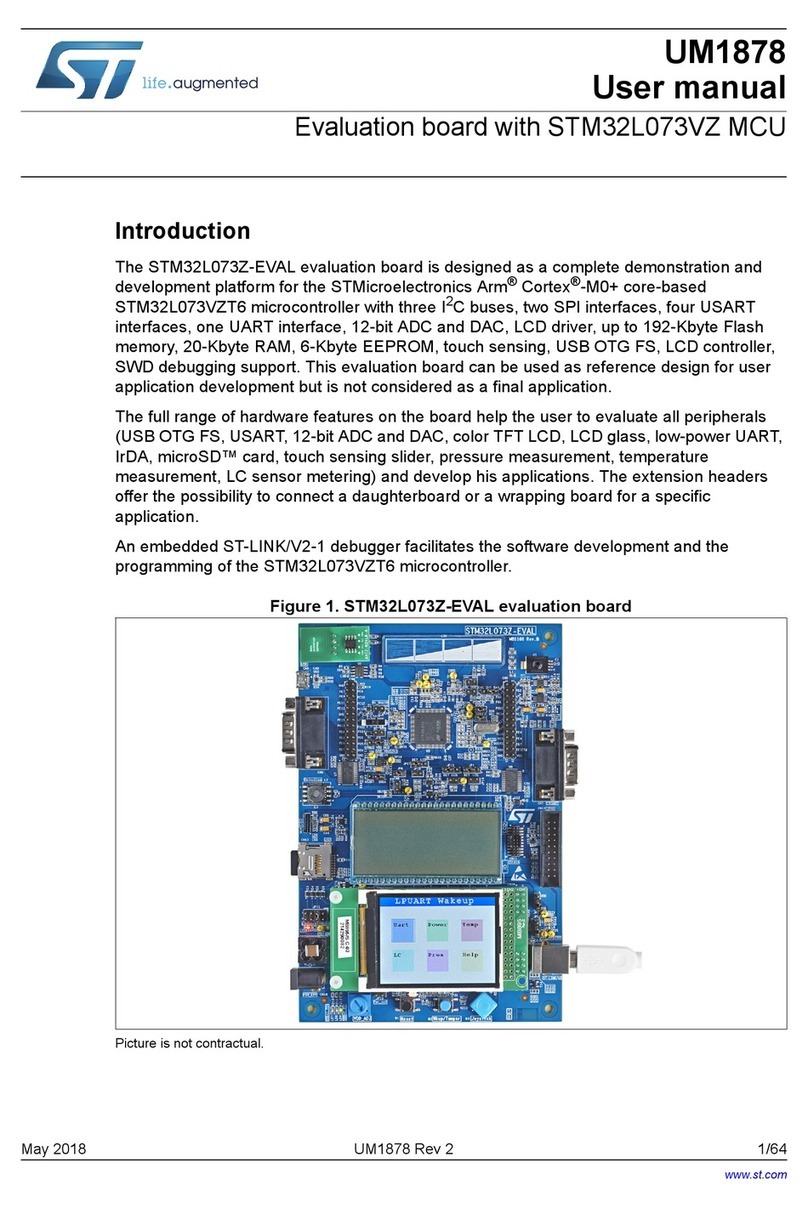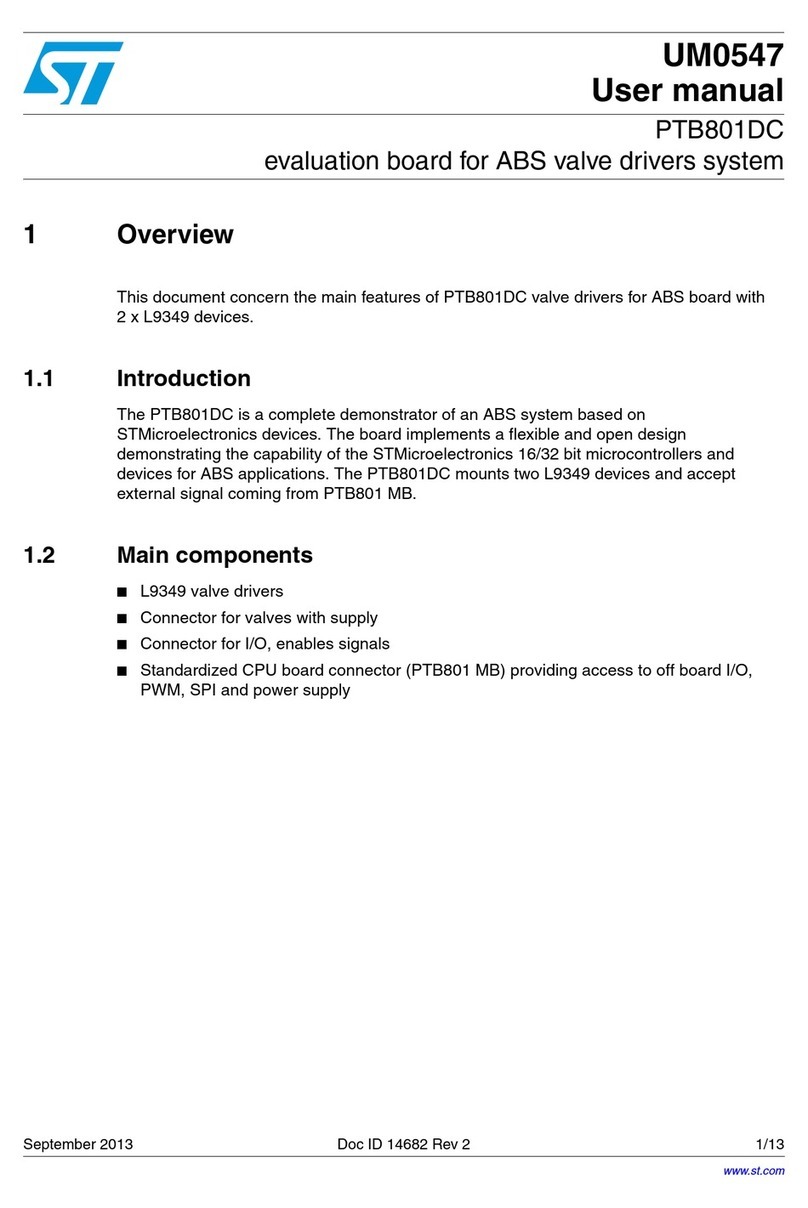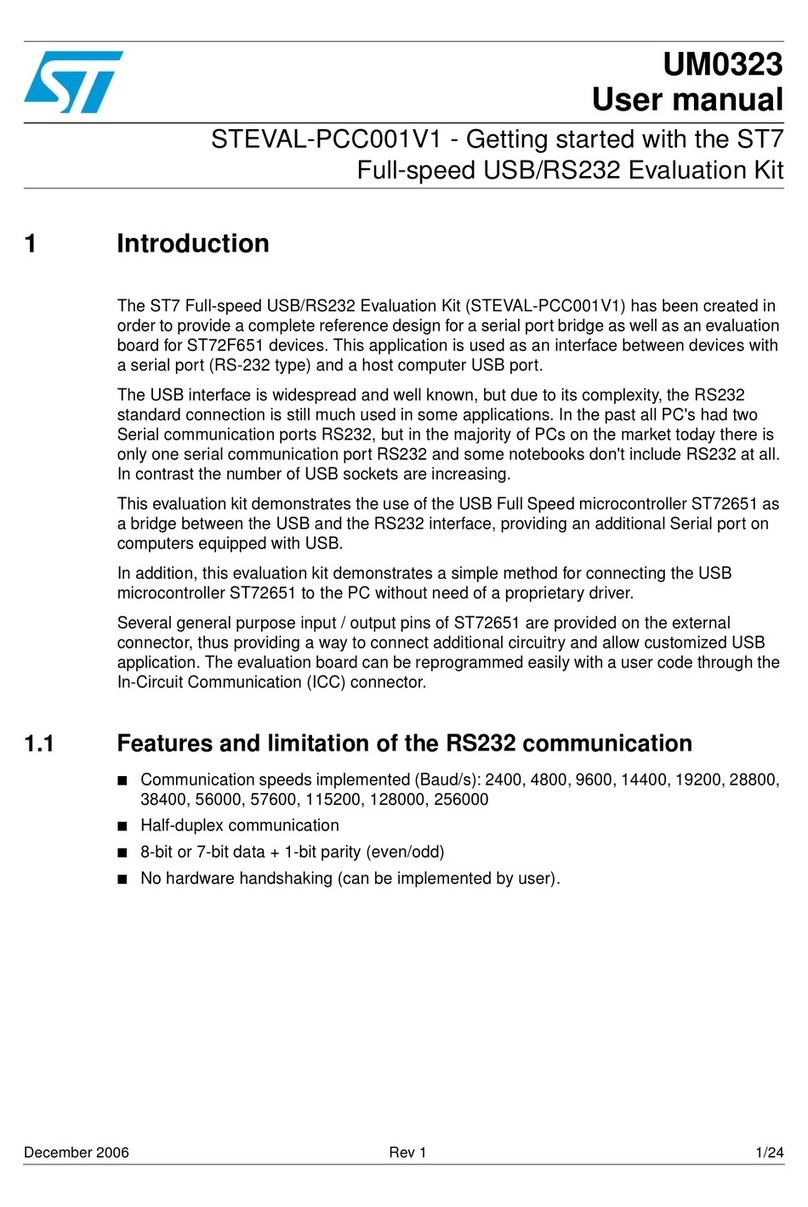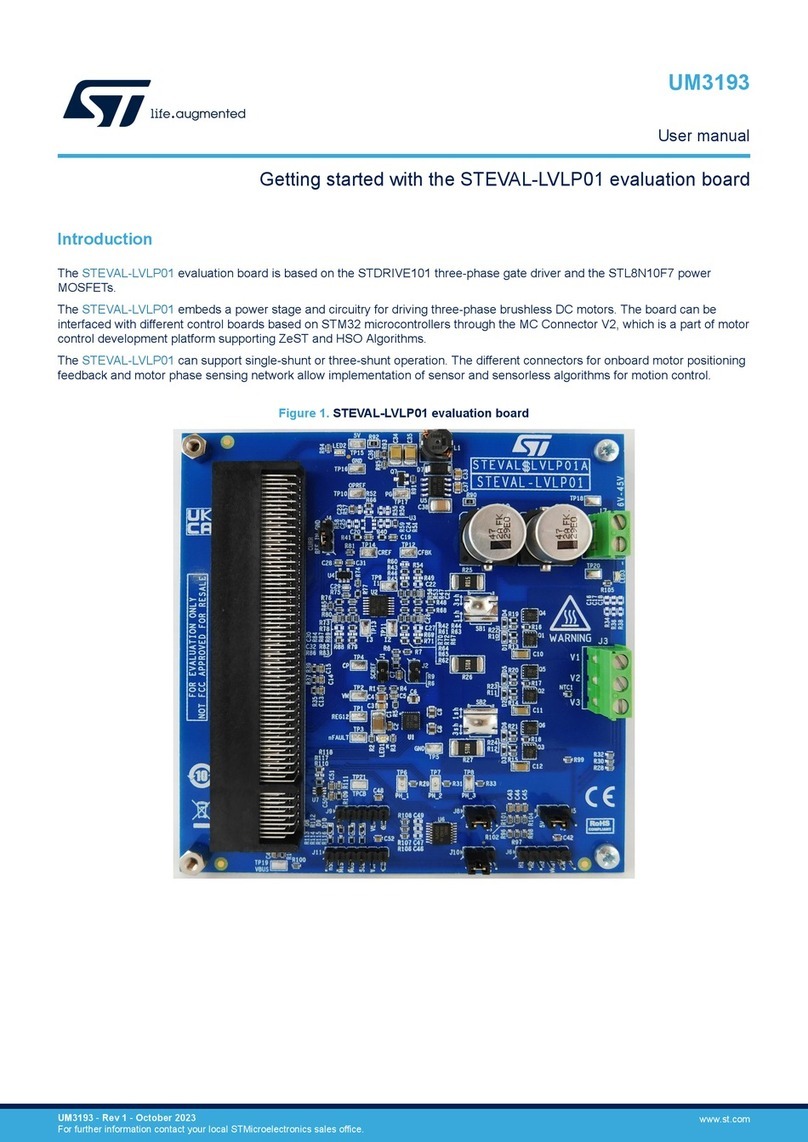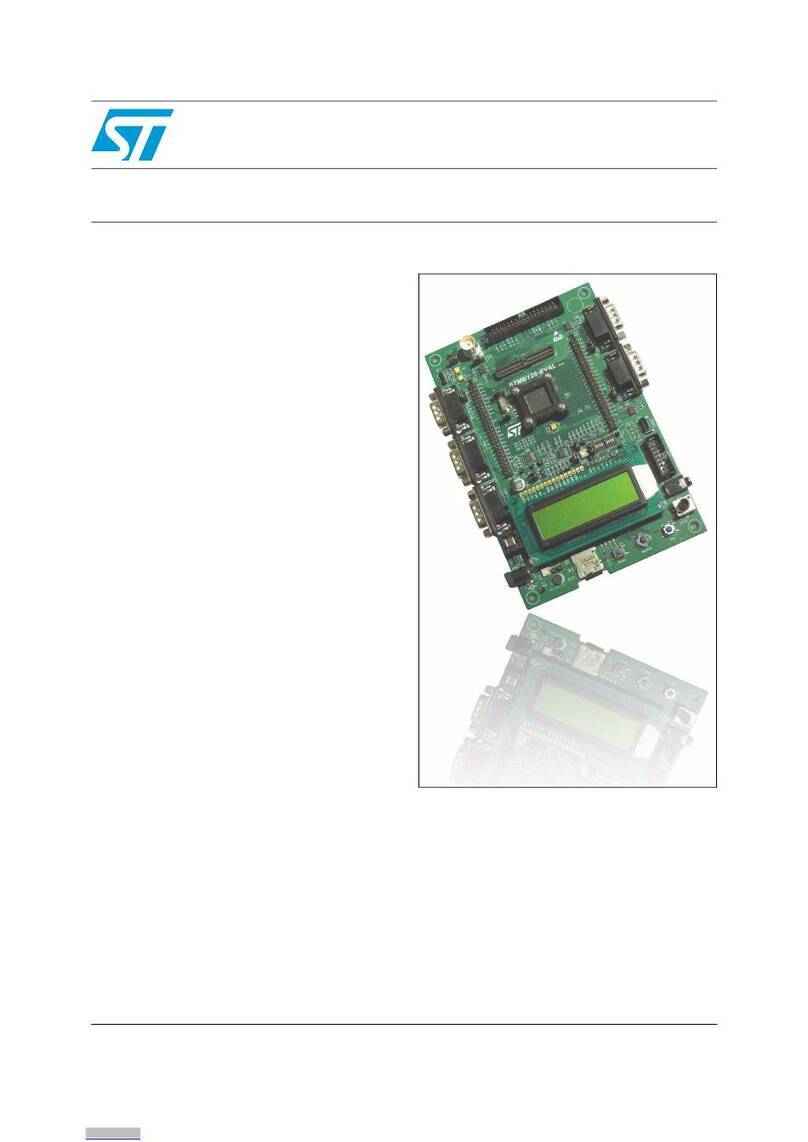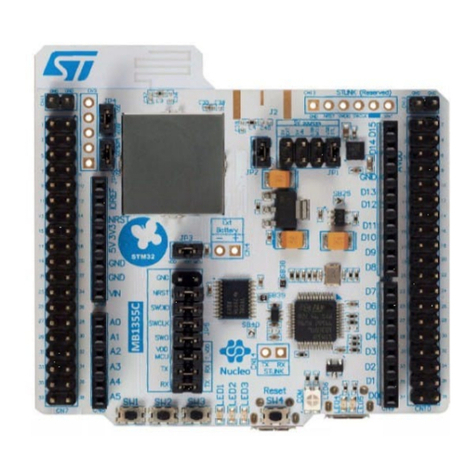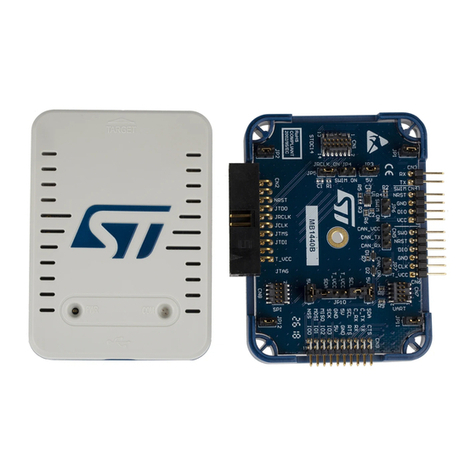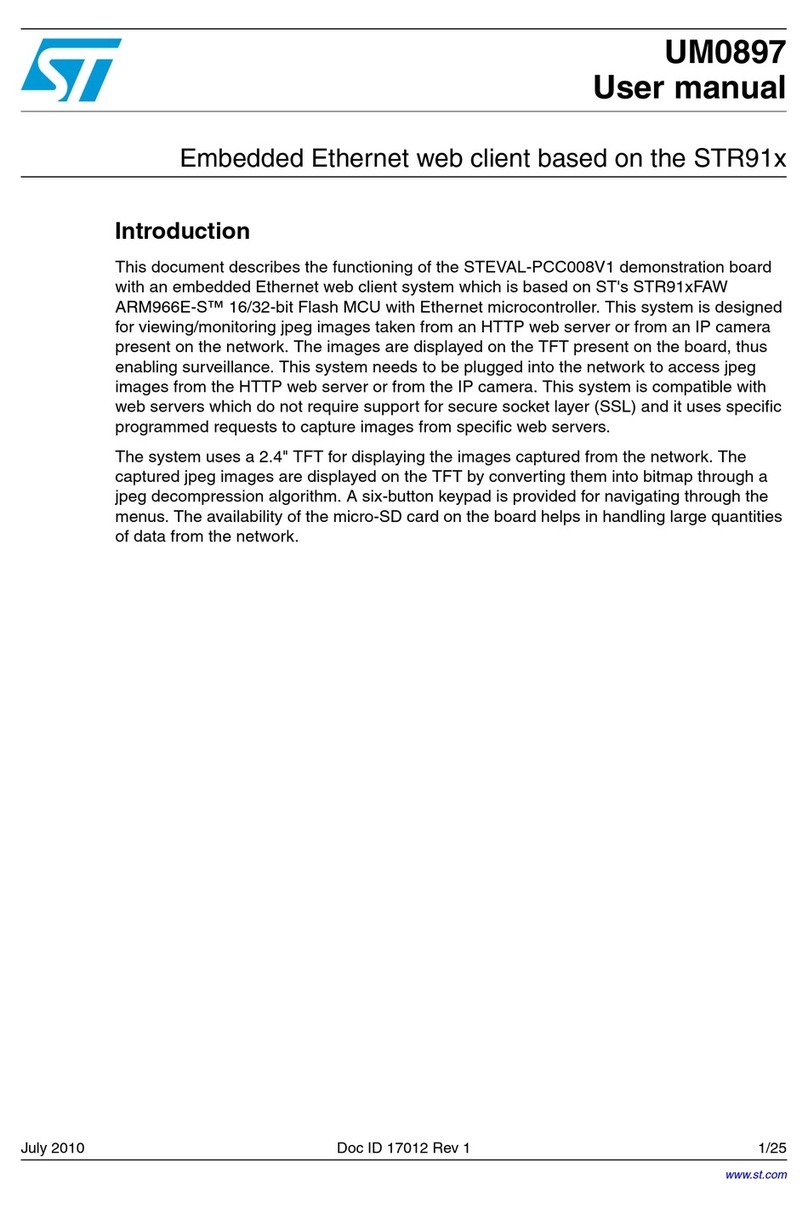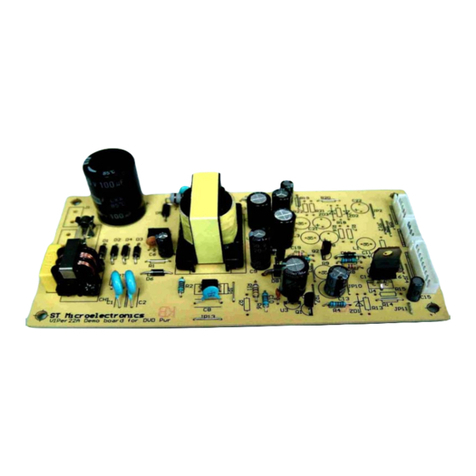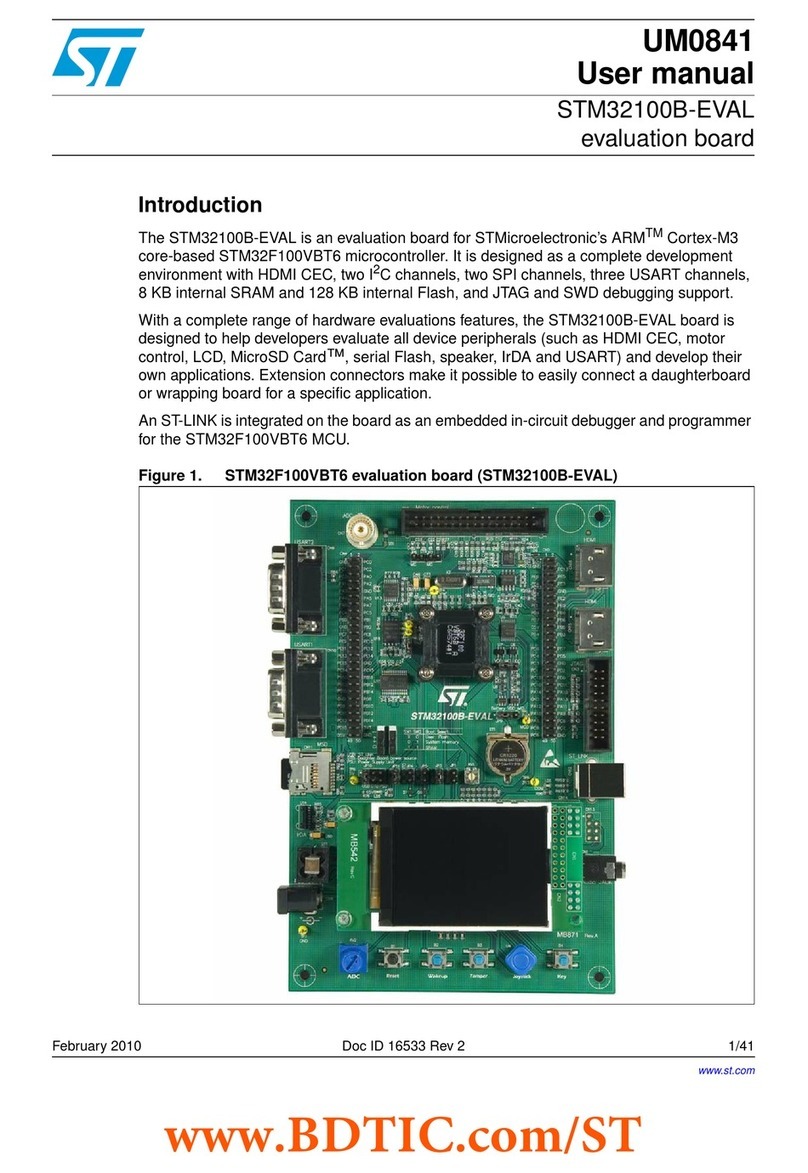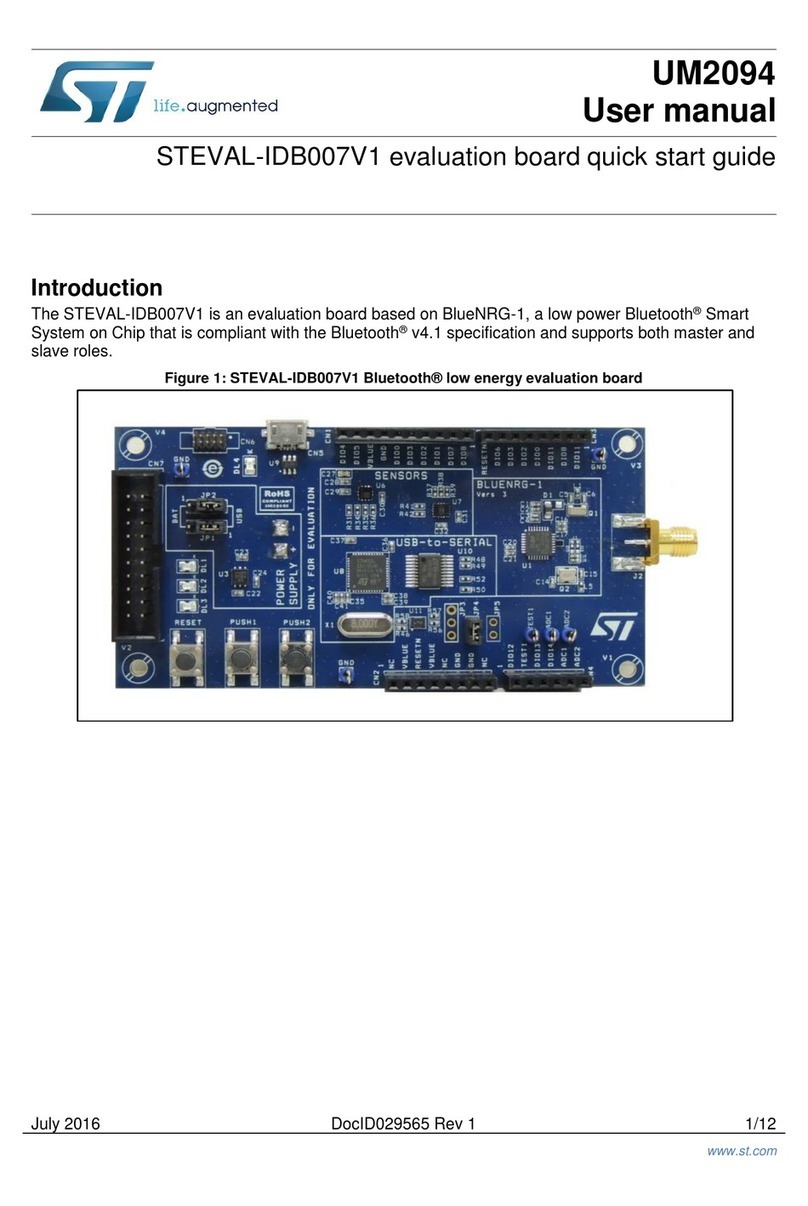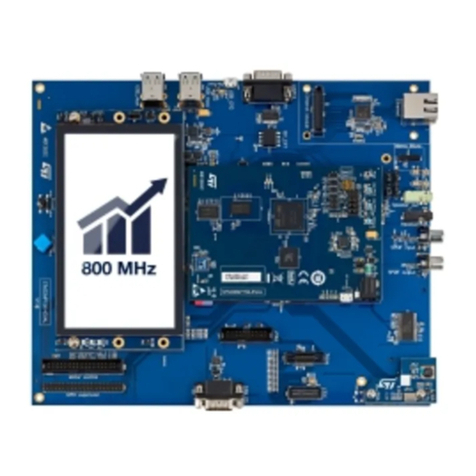
Test condition and connection of demo board AN2479
6/42
1.4.2 Bottom view of PCB layout
Figure 5. Bottom layout
1.5 BOM list
Table 1. BOM
Item
no. Type Package Description Qty Reference code Manufacturer
1 CCAP CCAP0603 100 n, 50 V, +/- 10 % 18
C1, C2, C3, C4, C6, C7, C11,
C12, C16, C17, C18, C19, C22,
C23, C24, C25, C34, C35
Murata
2 CCAP CCAP0603 1 n, 50 V, +/- 10 % 1 C5 Murata
3 CCAP CCAP0603 4.7 n, 50 V, +/- 10 % 1 C8 Murata
4 CCAP CCAP0603 680 p, 50 V, +/- 5 % 1 C9 Murata
5 CCAP CCAP0603 330 p, 50 V, +/- 10 % 2 C15, C21 Murata
6 CCAP CCAP0603 10 n, 50 V, +/- 10 % 6 C27, C28, C29, C30, C31, C32 Murata
7 CCAP CCAP1206 1 µ, 50 V 2 C13, C14 Murata
8 ECAP D = 10 mm 1000 µ, 25 V 1 C10 Rubycon
9ECAP D=7mm22µ, 16 V 1 C33 Rubycon
10 ECAP D = 5 mm 2.2 µ, 25 V 1 C36 Rubycon
11 Chip bead L0805 600 ohm @ 100 MHz 2 BD1, BD2 Murata
12 CRES R0603 10 k +/- 5 % 2 R1, R3 Murata
13 CRES R0603 0 ohm +/- 5 % 1 R2 Murata
14 CRES R0603 2.2 k +/- 5 % 1 R4 Murata
15 CRES R1206 22 ohm +/- 5 % 2 R5, R8 Murata
16 CRES R1206 6.2 ohm +/- 5 % 4 R6, R7, R9, R10 Murata

